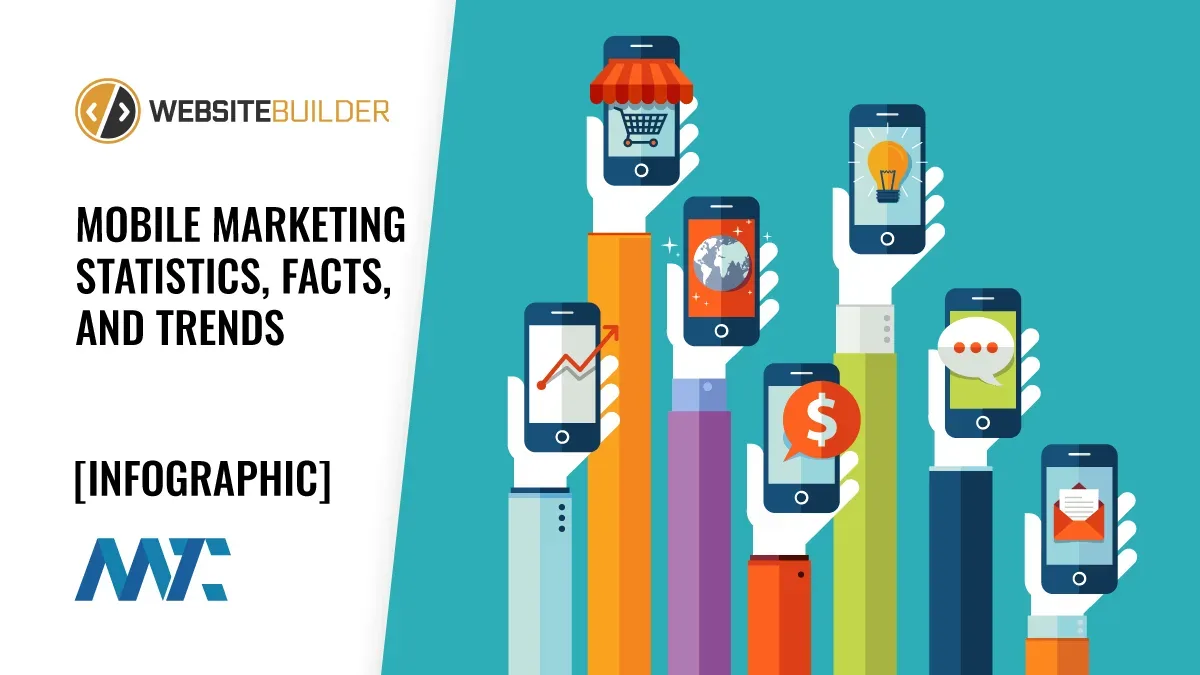The concept and capabilities of multitasking in mobile devices have undergone significant transformations from the era of flip phones to the modern smartphone. This journey reflects the advancements in technology, resources, and bandwidth to meet user needs. Let’s dive into the history and evolution of multitasking capabilities, focusing on the world’s two leading platforms: Android and iOS. We also provide detailed instructions on how users can switch between apps in these operating systems.
From Flip Phones to Smartphones: A Brief History
- Non-App Phones and Flip Phones: Initially, mobile phones, including the early flip phones, were primarily designed for calling and texting. These devices operated on platforms with very limited computational capabilities and no real operating system in the modern sense. Multitasking was virtually nonexistent, as these devices could perform only one function at a time – either a call, a text, or, later on, browsing very simple WAP-based internet sites.
- Entry of Smartphones: The introduction of smartphones marked a revolutionary change in what users expected from their mobile devices. Early smartphones began to offer more advanced features, including basic forms of multitasking. However, these initial forms were limited to switching between functions rather than running multiple applications simultaneously.
- Android: Launched by Google in 2008, Android was among the first to introduce a more flexible environment for multitasking. The platform allowed background processes but with limited capabilities. Over the years, Android has refined its approach to multitasking, introducing concepts such as service components and broadcast receivers, enabling apps to perform tasks even when not in the foreground. Android has evolved from allowing simple background tasks to sophisticated multitasking features like split-screen views and picture-in-picture modes. The introduction of Android’s Recent Apps feature allowed users to switch between recently used apps, enhancing the multitasking experience.
- iOS: Apple’s iOS took a more controlled approach. Initially, iOS did not support multitasking for third-party apps to maintain system performance and battery life. However, with iOS 4, Apple introduced a form of multitasking that allowed certain types of services to run in the background, such as audio playback and location services. Over time, iOS has expanded its multitasking capabilities while maintaining strict control over resource usage. Features like the App Switcher and Background App Refresh represent Apple’s balanced approach to multitasking, aiming to provide a seamless user experience without compromising device performance.
Navigating Multi-Tasking Mobile
Android:
- Switching Between Apps: Tap the “Overview” button (square or two rectangles, depending on your device) to view recent apps. Swipe left or right to find the app you want to switch to and tap it.
- Split-Screen Mode: Open an app, then tap and hold the Overview button. The app will anchor to the top of the screen, and you can select another app from the list to occupy the bottom half.
- Picture-in-Picture Mode: While watching a video or navigating, press the Home button. The video or map will shrink to a smaller window, which you can move around the screen while using other apps.
iOS:
- Switching Between Apps: On iPhones with a Home button, double-click the Home button to open the App Switcher. On iPhones without a Home button, swipe up from the bottom of the screen and pause in the middle to open the App Switcher. Swipe left or right to find the app you want to switch to.
- Split View (iPad): Open an app, swipe up slightly from the bottom to bring up the Dock, then drag another app to the left or right edge of the screen.
- Picture-in-Picture: While watching a video, tap the Picture-in-Picture button, or swipe up to go to the Home screen, and the video will continue in a smaller window.
Impact of Multitasking Evolution
The evolution of multitasking capabilities from non-existent in flip phones to highly sophisticated in modern smartphones represents a paradigm shift in mobile technology. This transition has significantly enhanced user productivity, allowing seamless switching between applications, efficient background processing, and a more integrated mobile experience. For developers, understanding and leveraging the specific multitasking capabilities of Android and iOS is crucial to optimizing app performance and meeting user expectations.
As we continue to push the boundaries of what mobile devices can do, multitasking principles remain central to providing users with powerful, efficient, and user-friendly devices.
